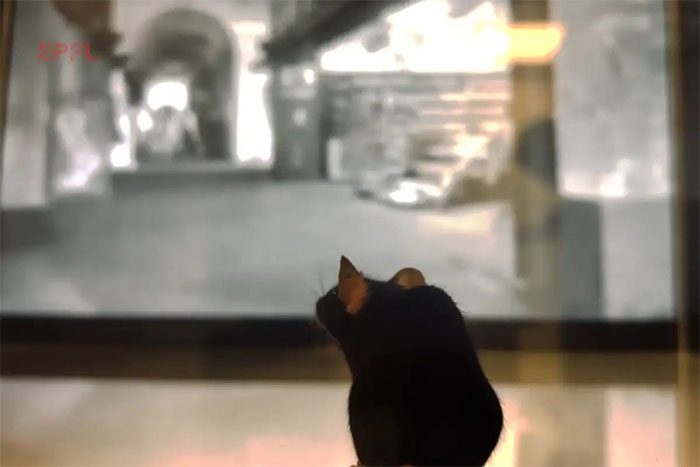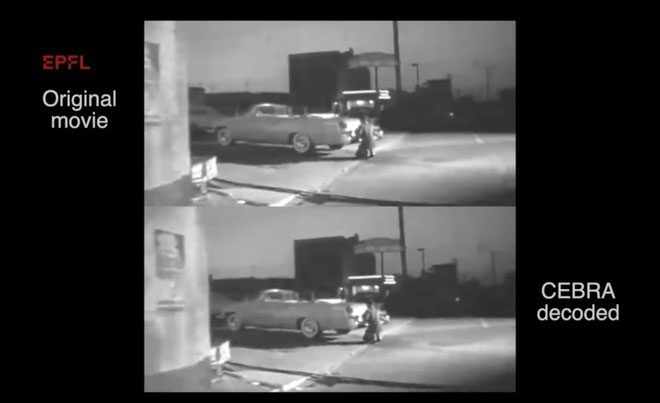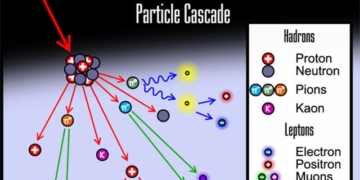This AI Tool Can Predict the Frames a Mouse Has Seen, Helping Researchers Turn This Data into Video.
Researchers from the École Polytechnique Fédérale de Lausanne (EPFL) have developed an AI tool that can accurately reconstruct what a mouse sees into video.

AI can accurately reconstruct what a mouse sees into video. (Image: EPFL).
The AI Tool is called “CEBRA” and is trained to predict and recreate the footage a mouse is watching.
In a video shared by EPFL, a mouse is shown a black-and-white clip of a man opening a car trunk. At the same time, CEBRA accurately recreates what the mouse sees, even though the images in the video are still fragmented.

Video seen by the mouse and video reconstructed by CEBRA. (Image: EPFL).
According to a study published in the journal Nature on May 3, scientists recorded the brain activity of mice using electrode probes inserted into the visual cortex. They also used genetically modified mice and optical probes to make their brain cells glow green when transmitting information.
The research team trained CEBRA using the video clips the mice watched and their brain activity, helping CEBRA identify the brain signals associated with specific frames of a particular video. Next, they provided this AI with additional brain activity data from the mice. As a result, CEBRA could predict the frames a mouse had seen, allowing researchers to transform this data into video.
In fact, the technology for decoding brain signals to create images is no longer unfamiliar. In March, researchers at Osaka University (Japan) successfully developed a Stable Diffusion model that can recreate images from brain activity with high resolution and accuracy.
Similarly, scientists at Radboud University (Netherlands) have developed technology known as “thought reading” that can convert a person’s brainwaves into images.


















































